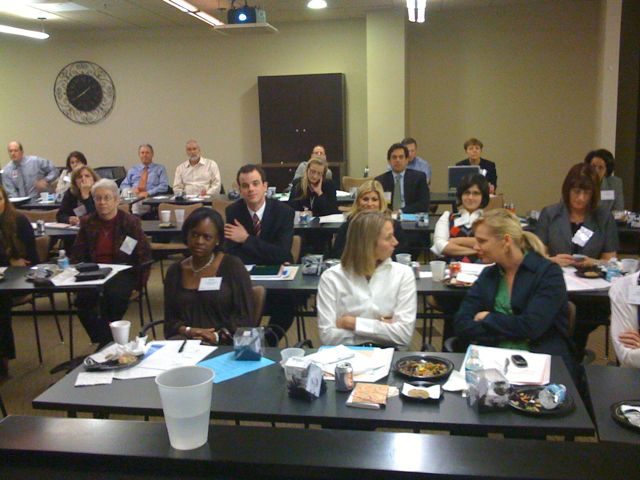In the past couple of years I’ve given presentations on “new media” or social media to several marketing-oriented health care organizations.
At Monday’s meeting with FSHPRM (Florida Society for Healthcare Public Relations &Marketing), I began to notice a pattern. Some other similar organizations to which I’ve presented:
- MHSCN (Minnesota Healthcare Strategy and Communication Network)
- WHPRMS (Wisconsin Healthcare Public Relations and Marketing Society)
- FHS/FCBMS (Forum for Healthcare Strategists 12th annual Forum on Customer Based Marketing Strategies)
- SHSMD (Society for Healthcare Strategy and Market Development) – that one was in my pre-blog days, and was just a presentation on media relations.
I was struck by the complete absence of vowels in any of these acronyms, and the resulting difficulty in pronunciation.
First Rule of Word of Mouth: To have word of mouth about your organization, people need to be able to pronounce its name.
Possible reasons for the completely consonant acronyms:
- They were created by committee. PR needed to be included in the name. So did Marketing. With a letter to represent the state name, you have four consonants, including a P and an R that need to be together, and everyone gave up on the possibility of pronouncability.
- They want to keep the organization secret. Maybe they don’t think marketing, public relations and health care go together — or are concerned that other people might have that opinion. So by choosing a vowel-less acronym they are sabotaging word of mouth about their organization, to keep a lower profile.
What do you think? Is it #1 or #2, or is there some other explanation? And do you know of any health care PR/marketing associations for which the acronym contains a vowel and is able to be pronounced?
(Organizations from Alabama, Alaska, Arizona, Arkansas, Idaho, Indiana, Illinois, Iowa, Ohio, Oklahoma, Oregon and Utah don’t count, since their state names begin with a vowel. But it would be interesting to know whether they still managed to avoid a catchy acronym.)


